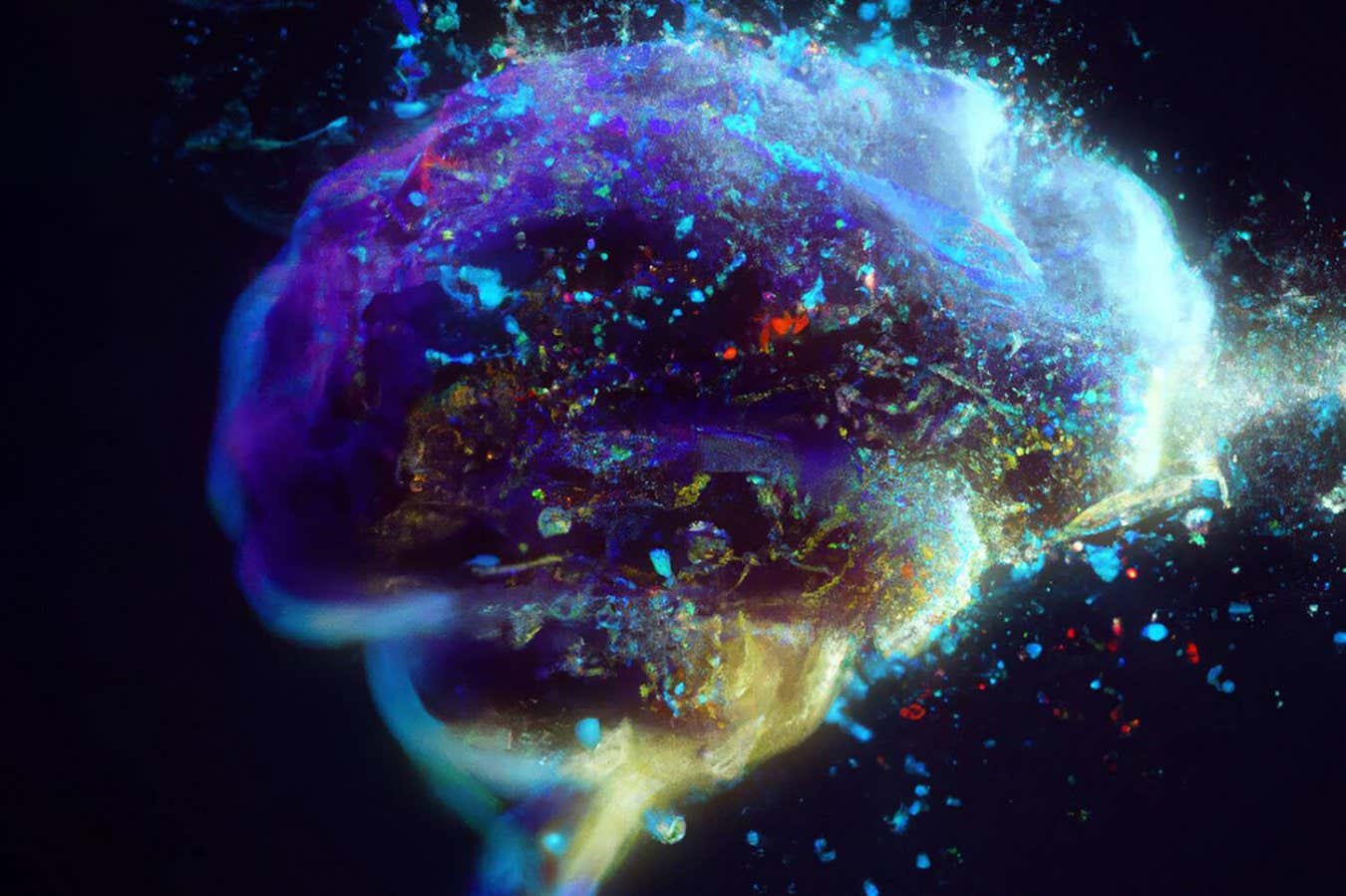Two brain regions seem to work together to determine whether we are seeing something real, or merely a product of our imaginations – and understanding them further may help treat visual hallucinations
By Carissa Wong
5 June 2025
Similar brain regions are involved in imagination and perceiving reality
Naeblys/Alamy
How do you tell if something is real or imaginary? We have now discovered a brain pathway that seems to help you decide – and the finding could improve treatments for hallucinations caused by conditions such as Parkinson’s disease.
We already knew that the parts of the brain that activate when we imagine something visual are similar to those involved in perceiving actual visual stimuli, but it is unclear how we distinguish between the two. “How does our brain know which of these signals reflect our imagination or what is reality?” says Nadine Dijkstra at University College London.
How visualisation sets you up for success by changing your cognition
The vividness of your mind’s eye isn't fixed – and training it up is the secret tool of top athletes and businesspeople. Here’s how you can help develop yours
Advertisement
To find out, Dijkstra and her colleagues asked 26 people to carry out a visual task while their brain activity was recorded via MRI scans. The participants had to view a static grey block on a screen for 2 seconds, in a process repeated more than 100 times. They were also instructed to imagine seeing diagonal lines on each block, though half of the blocks really did have diagonal lines.
After viewing each block, the participants were asked to rate how vividly they saw the lines on a scale of 1 to 4 and say whether they thought the lines were real or imaginary.
By analysing the brain recordings, the researchers found that an area called the fusiform gyrus was more active when people saw lines more vividly, irrespective of whether the lines were truly there.
